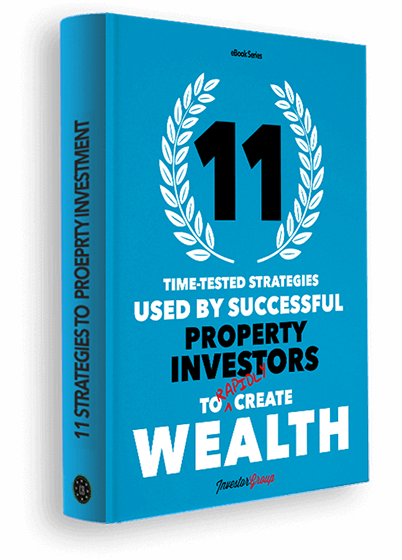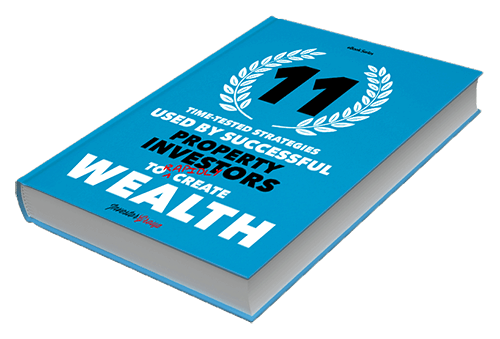InvestorGroup Property Cycle
When To Buy?
The property cycle is not a constant formula that sends alerts to investors whenever the time has come for them to put their money to good use. On the contrary, it rises in cycles and may offer opportunities in disguise. Therefore, buyers and potential buyers should keep an eye on the market at all times.
The property cycle is influenced by a handful of factors: social, economic and political. The cycle springs from population growth, which goes on to influence the demand for property. A boost in rents goes hand in hand with the lack of property supply, consequently enhancing the property value.
The next step belongs to developers and builders, who seize the chance to construct new buildings, which inevitably leads to property oversupply resulting in rent growth slowing and in some cases reductions. Although the cycles are well-defined, the property values have a tendency to fluctuate.
According to many sources, cycles in Australia usually last up to nine years. The last property boom occurred in 2003 due to a combination of the factors mentioned above: economic, social and political. Each cycle is characterised by several circumstances that indicate whether or not it is a good time to invest.
The Demand Phase
Our experience shows that this phase is usually the shortest and it is also easy to detect since property prices skyrocket even by 20 per cent in a year.
However, the price boost is inversely proportional to its “lazy” beginning. Investors have to recognize the boosted property returns and rental increases, which cause a natural boost in property prices.
When the demand phase is in full swing, a new generation of investors enter the market. First time investors can become overconfident in such a market, which can make them careless and ready to overpay. As a result, the asking price is lower than the selling price, thanks to buyers who compete against each other to obtain any property that enters the market. The demand phase comes to an end when the market is flooded with too many properties and the Reserve Bank normally slows the market with increased interest rates.
The Equilibrium Phase
This phase is best characterised by an oversupply of properties, a decrease in investment returns and an increase in vacancy rates. Property prices either stop growing or drop, thus causing a longer slow phase.
During this period, many investors start selling their properties, which of course only causes any slump to deepen. Often investors purchase homes they cannot afford because they are tempted by the cheap interest payments. However, during the equilibrium phase many homebuyers cannot keep up with their mortgage payments and consequently have to sell. The only solution new investors can find during this phase is to sell at depressed prices, which leaves them with a residual debt.
The Over Supply Phase
This phase represents a period of transition, when things go back to the way they were when prices were average.
The Absorption Phase
Savvy investors see this phase as an opportunity, because rents start to rise, while vacancy rates start to fall. This is a blessing in disguise for those who recognize an opportunity during the slow rise of property values. Although the process is rather sluggish, there is no better time to start investing.

 1300 38 66 34
1300 38 66 34

